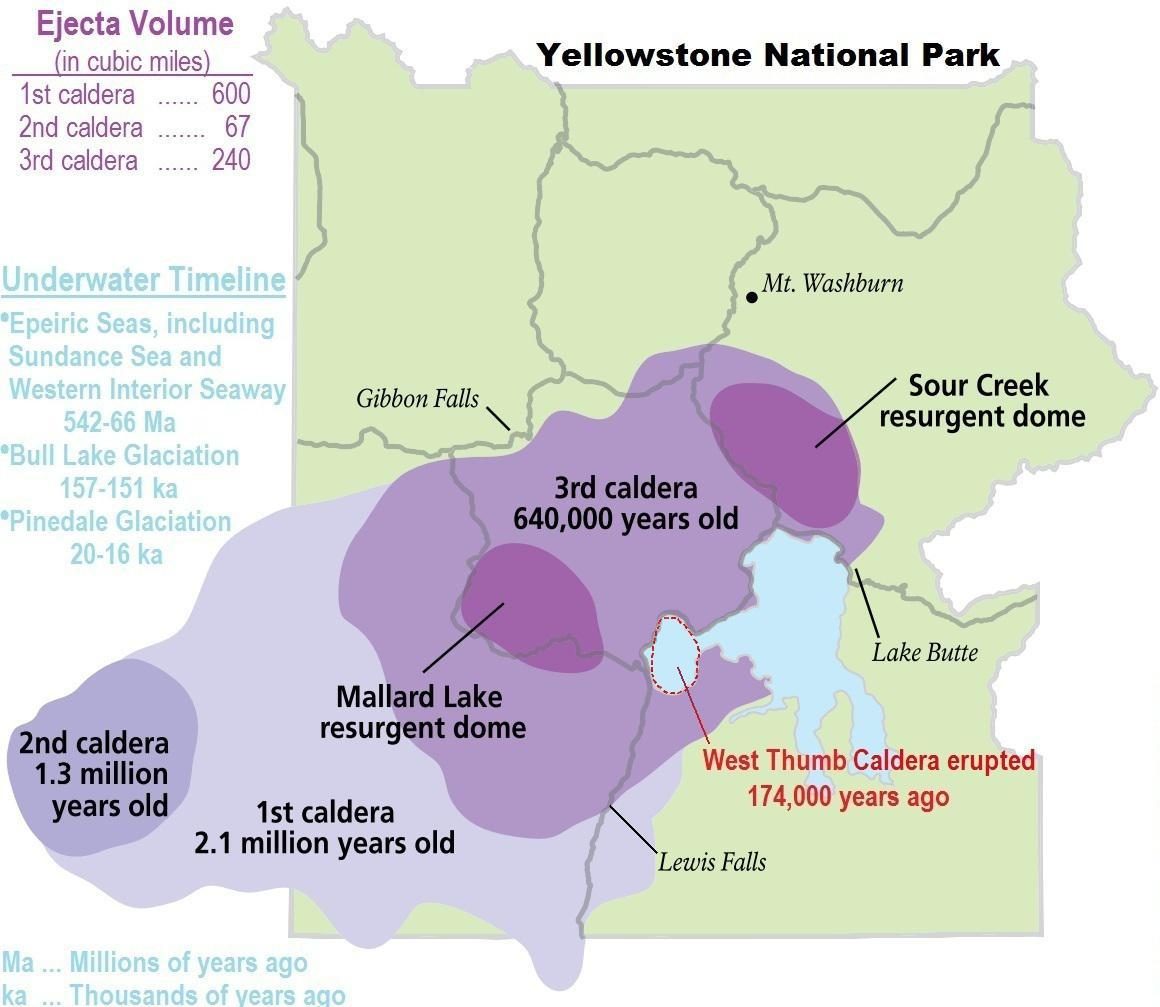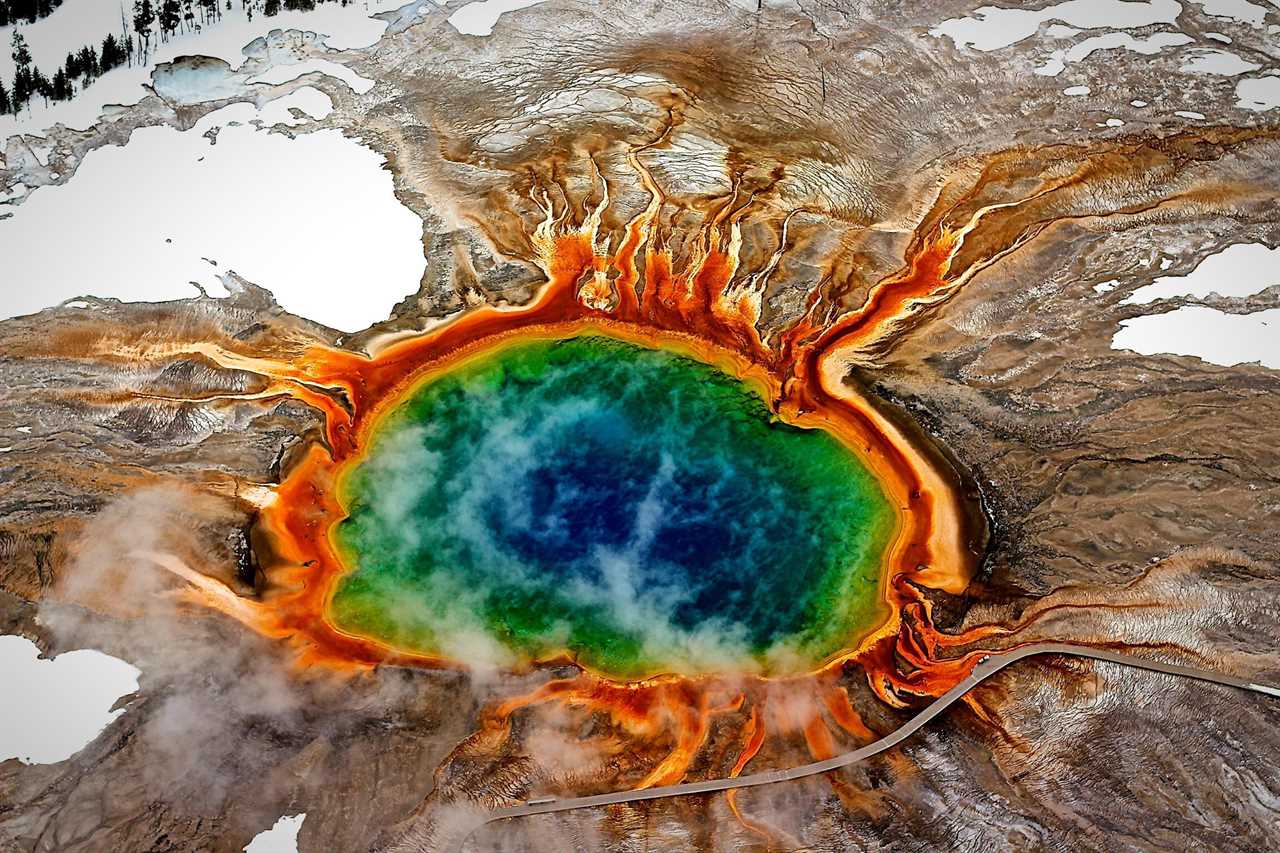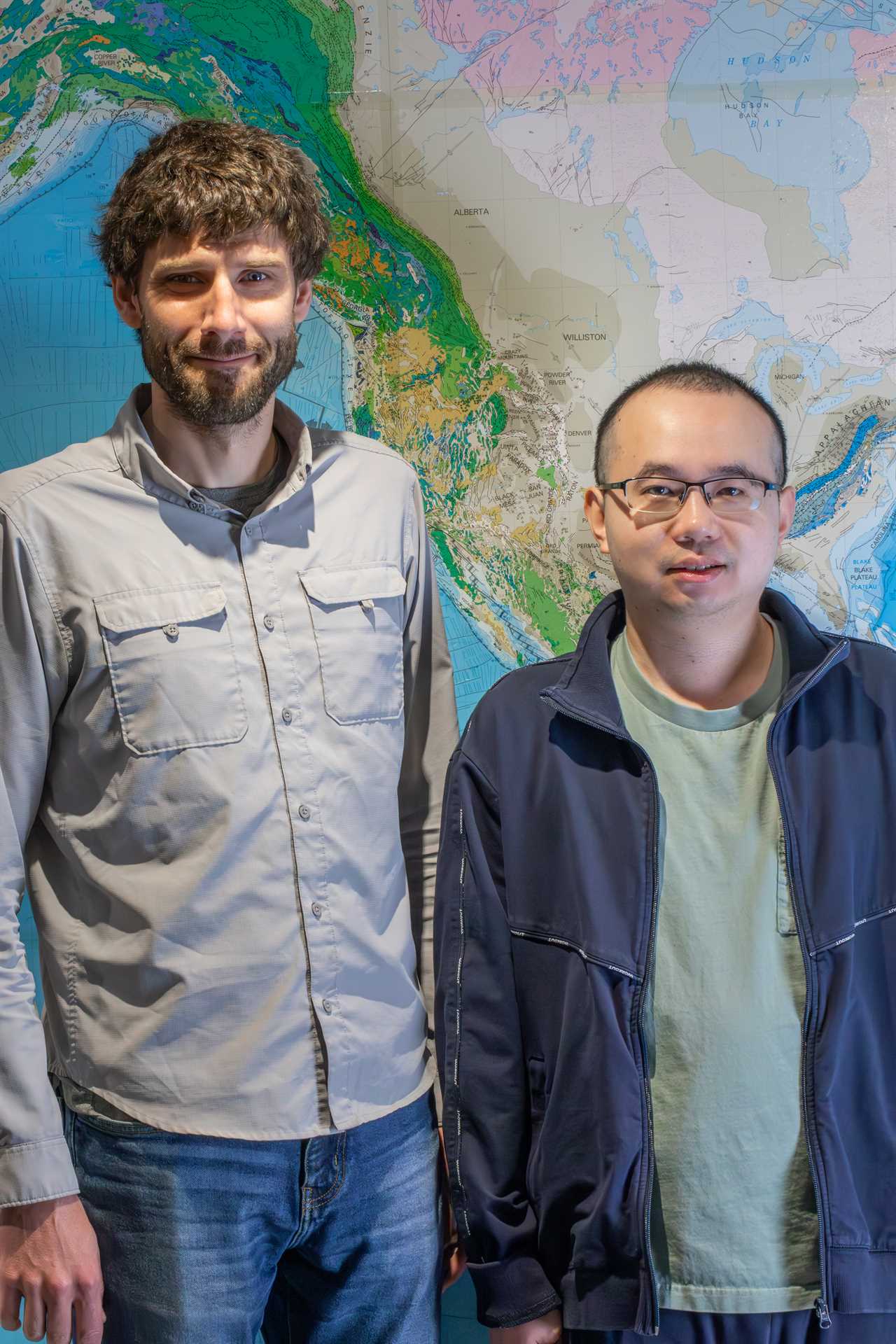Holy crap, I've been obsessed with supervolcanoes since my 8th grade science teacher showed us that terrible TV movie where Yellowstone erupts and kills half of America. Gave me nightmares for weeks. So when this new research crossed my desk yesterday, I literally spilled coffee all over my keyboard trying to open the PDF too quickly.
Turns out we might have been worrying about Yellowstone for nothing. Well, not nothing exactly...
The Ticking Time Bomb That... Isn't Ticking?
Scientists have discovered what they're calling a "hidden lid" sitting on top of the massive magma reservoir beneath Yellowstone National Park. This natural cap appears to be doing the crucial job of keeping all that molten rock from turning us into the world's most terrifying geology lesson.
For years—and I mean YEARS—researchers have suspected there was this mysterious chamber lurking beneath the northeastern section of the Yellowstone caldera. The debate has always been about how deep it actually sits and exactly how much magma is down there. Neither question has a comforting answer, let me tell you.

But this newly discovered cap, which sits between 3.5 and 4 kilometers below the surface (that's like 2.2-2.5 miles for us Americans who never learned metric despite those half-hearted attempts in the 90s), seems to be acting like a pressure valve.
It lets the volcano "breathe."
Wait... Aren't We Overdue for Kaboom?
The timing here is what makes this discovery so fascinating. Historically, Yellowstone has blown its top approximately every 600,000 years. The last major eruption? About 630,000 years ago.
Do the math. We're 30,000 years into borrowed time.

I remember visiting Yellowstone back in 2018 with my family, watching those geysers erupt and thinking, "Is today teh day this whole place decides to end civilization?" My kids were just excited about seeing bison. The blissful ignorance of youth...
So What's This Magic Lid Actually Doing?
According to the scientists, this cap is "self-sealed" but slightly porous, meaning it regularly releases small belches of gas that keep internal pressures stable. Think of it like those little holes in a pressure cooker—they prevent the whole thing from exploding in your kitchen.
Brandon Schmandt from Rice University (one of the lead researchers) explained: "For decades, we've known there's magma beneath Yellowstone, but the exact depth and structure of its upper boundary has been a big question. What we've found is that this reservoir hasn't shut down – it's been sitting there for a couple million years, but it's still dynamic."
I tried explaining this to my wife last night and she just stared at me for a full ten seconds before asking if I'd remembered to take out the trash. Romance isn't dead, folks.

The Science Behind Not Dying in a Volcanic Apocalypse
The researchers used a clever technique to basically send vibrations into the ground, creating a model of the layers in Earth's crust. These seismic waves moved through rock normally but slowed down when they hit what appears to be a muddy mixture of supercritical fluid and magma between 3km and 8km deep.
"Seeing such a strong reflector at that depth was a surprise," Schmandt noted. "It tells us that something physically distinct is happening there — likely a buildup of partially molten rock interspersed with gas bubbles."
But the real hero is that cap sitting on top—sharply defined and doing the Lord's work of keeping us all alive.
So... We're Not All Gonna Die Tomorrow?
The United States Geological Survey puts the annual risk of a Yellowstone super-eruption at about 0.00014%. I'm no mathematician, but those odds seem pretty good compared to, say, my chances of ever affording a house in this market.
The researchers found that beneath the lid is supercritical water—water that's heated and pressurized to the point where the distinction between liquid and gas gets blurry. This could potentially lead to an eruption if the pressure built up too much.
But! (And this is a big but.) The gradual cooling and crystallization of the sludgy material in the upper crust creates that minimally leaky magma cap. And leaking is good in this case—it means the system is venting gas rather than building up toward a catastrophic explosion.
As Schmandt put it: "Although we detected a volatile-rich layer, its bubble and melt contents are below the levels typically associated with imminent eruption. Instead, it looks like the system is efficiently venting gas through cracks and channels between mineral crystals, which makes sense to me given Yellowstone's abundant hydrothermal features emitting magmatic gases."
I paid $74 last summer to watch those "abundant hydrothermal features" with about 10,000 other tourists. Worth every penny knowing they're keeping doomsday at bay.
The Takeaway (If You Skimmed to the End)
Yellowstone isn't currently plotting to kill us all. The supervolcano has a natural pressure-release system that's working pretty well. Scientists are keeping an eye on it. You can probably keep planning your retirement.
Though maybe don't build that dream home right on top of the caldera. Just saying.
Always check our latest articles at...
https://hellofaread.co.uk/technology
 SPORTSPOLITICSROYALTECHNOLOGYMONEYSCANDALFEATUREDPrivacy PolicyTerms And Conditions
SPORTSPOLITICSROYALTECHNOLOGYMONEYSCANDALFEATUREDPrivacy PolicyTerms And Conditions
